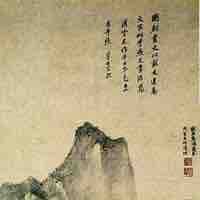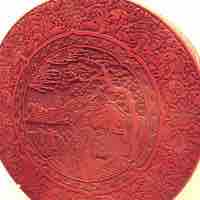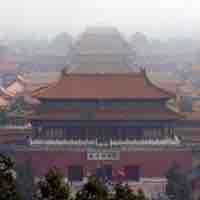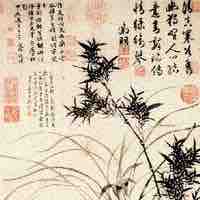Section 3
The Ming Dynasty
Book
Version 18
By Boundless
By Boundless
Boundless Art History
Art History
by Boundless
4 concepts

Painting under the Ming Dynasty
During the Ming Dynasty, Chinese painting developed from the achievements of the earlier Song and Yuan Dynasties.

The Decorative Arts under the Ming Dynasty
As with many art forms, the Ming Dynasty saw advancement in the realm of decorative arts such as porcelain and lacquerware.

Architecture and Urban Planning under the Ming Dynasty
Chinese urban planning and architecture under the Ming Dynasty are based on fengshui geomancy and numerology, as seen in the Forbidden City.

Chinese Literati Expressionism under the Ming Dynasty
Literati Expressionism in Chinese painting was produced by scholar-bureaucrats of the Southern School, rather than by professional painters.